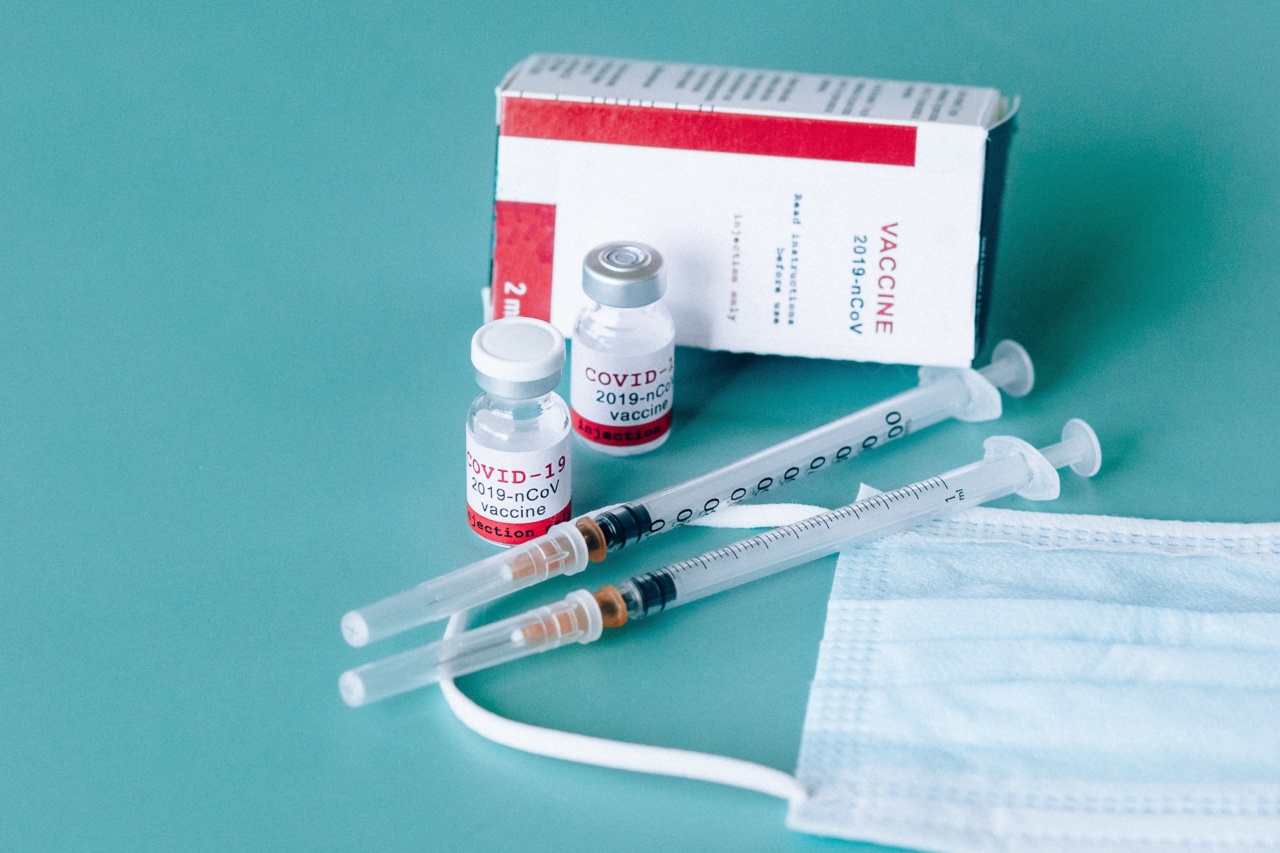The influenza virus is responsible for causing the seasonal flu that affects millions of people worldwide each year. Understanding the life cycle of the influenza virus is crucial for developing effective treatments and preventative measures.
Entry into Host Cells
The influenza virus enters host cells through the process of endocytosis, in which the virus is engulfed by the host cell membrane and brought into the cell.
The virus binds to specific receptors on the surface of the host cells, most commonly the sialic acid receptor. Once inside the host cell, the virus begins to replicate.
Replication
Once inside the host cell, the influenza virus replicates by using the host cell’s own machinery. The virus uses an enzyme called RNA polymerase to transcribe its RNA genome into messenger RNA, which is then translated into viral proteins.
The newly synthesized viral proteins and RNA genome then assemble to form new virus particles.
Assembly and Release
After the influenza virus has replicated, it assembles into new virus particles at the host cell membrane. The virus particles are then released from the host cell by a process called budding.
During budding, the virus uses the host cell’s membrane to surround itself, forming a viral envelope. The virus is released from the host cell as the envelope and some of the host cell membrane break off, carrying the virus particles with them. The influenza virus can now infect other host cells and continue to replicate.
Immune Response
When the influenza virus infects a host, the immune system responds by producing antibodies that target the virus. These antibodies recognize specific viral proteins and bind to them, preventing the virus from infecting new host cells.
The immune response also involves the activation of various immune cells, such as T cells and B cells, which work together to eliminate the virus from the host’s body.
Vaccine Development
Because the influenza virus mutates rapidly, it can quickly become resistant to existing treatments and vaccines. Vaccine developers must constantly monitor the virus and adapt their vaccines accordingly.
The most common approach to influenza vaccine development is to use inactivated or weakened virus particles to stimulate the immune system. The vaccine exposes the immune system to the virus in a controlled manner, allowing it to produce an effective immune response without causing an actual infection.
Antiviral Treatments
Antiviral treatments can be used to reduce the severity and duration of influenza symptoms. These treatments work by inhibiting various aspects of the viral life cycle, such as viral replication or assembly.
One common antiviral treatment is oseltamivir, which works by inhibiting the influenza virus’s neuraminidase enzyme. This enzyme is required for the virus to release itself from host cells, so inhibiting it limits the spread of the virus.
Preventative Measures
Preventative measures such as hand hygiene, avoiding close contact with sick individuals, and vaccination can help reduce the spread of the influenza virus.
Because the influenza virus is highly contagious, it can easily spread from person to person through respiratory droplets from coughing and sneezing.
Conclusion
The influenza virus life cycle is a complex process that involves multiple stages, including entry into host cells, replication, assembly and release, immune response, vaccine development, antiviral treatments, and preventative measures.
Understanding the virus’s life cycle is crucial for developing effective treatments and vaccines that can combat the seasonal flu.






























